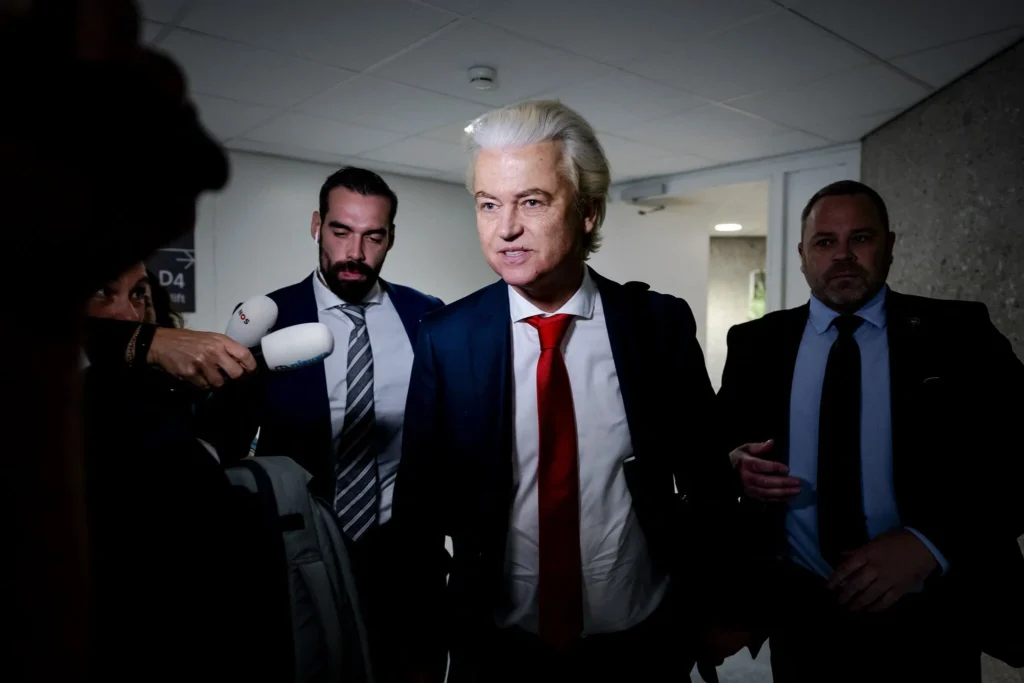Franchising has proven to be a lucrative path for many entrepreneurs, paving the way for successful business expansion across various industries. With its unique model of shared investment and reduced risk, franchises can harness brand recognition and operational support to achieve growth that might elude independent businesses. Yet, while the potential rewards are significant, navigating franchise expansions isn’t without its challenges.
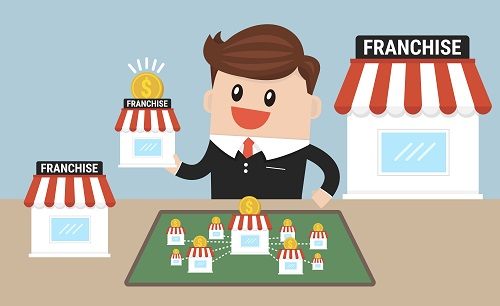
In this article, we’ll explore some remarkable franchise case studies that highlight successful franchise expansions. From fast food giants like McDonald’s to coffeehouse titans like Starbucks and popular sandwich chains such as Subway—these examples provide valuable insights into what it takes to thrive in today’s competitive market. We’ll also discuss key factors behind effective expansion strategies and how you can avoid common pitfalls along the way. Ready to dive into these inspiring franchise success stories? Let’s get started!
What is Franchising?
Franchising is a business model that allows individuals or companies to operate under an established brand. Franchisees gain the right to sell products or services using the franchisor’s trademark and system. This arrangement helps both parties benefit from mutual success.
In essence, it’s a partnership where franchisees invest in the brand while receiving essential training and ongoing support. The franchisor provides proven processes, marketing materials, and operational guidelines to ensure consistency across locations.
This model not only minimizes risks for new business owners but also enables brands to expand rapidly without bearing all financial burdens themselves. It creates a win-win situation—franchisees gain access to a recognized name while franchisors enjoy quicker growth through their network of independent operators.
With its strategic approach, franchising has become an attractive option for those looking to enter the market with reduced risk and increased potential for profitability.
The Benefits and Challenges of Franchise Expansions
Franchise expansions hold a wealth of benefits for both franchisors and franchisees. First, they can significantly enhance brand exposure. As more locations spring up, the visibility increases, attracting new customers.
Financially, successful franchises often experience reduced costs through economies of scale. Bulk purchasing for multiple stores can lead to lower prices on supplies and equipment.
However, challenges lurk beneath the surface. Maintaining consistency across various locations is crucial but difficult. Each franchisee may interpret brand guidelines differently.
Additionally, managing quality control becomes complex as the network grows. A single poorly run location can tarnish the entire brand’s reputation.
Market saturation is another risk that could stifle growth opportunities in certain areas. Understanding local demographics and preferences becomes essential for sustainable expansion efforts. Balancing these factors is key to navigating the intricate landscape of franchise development successfully.
Case Study #1: McDonald’s
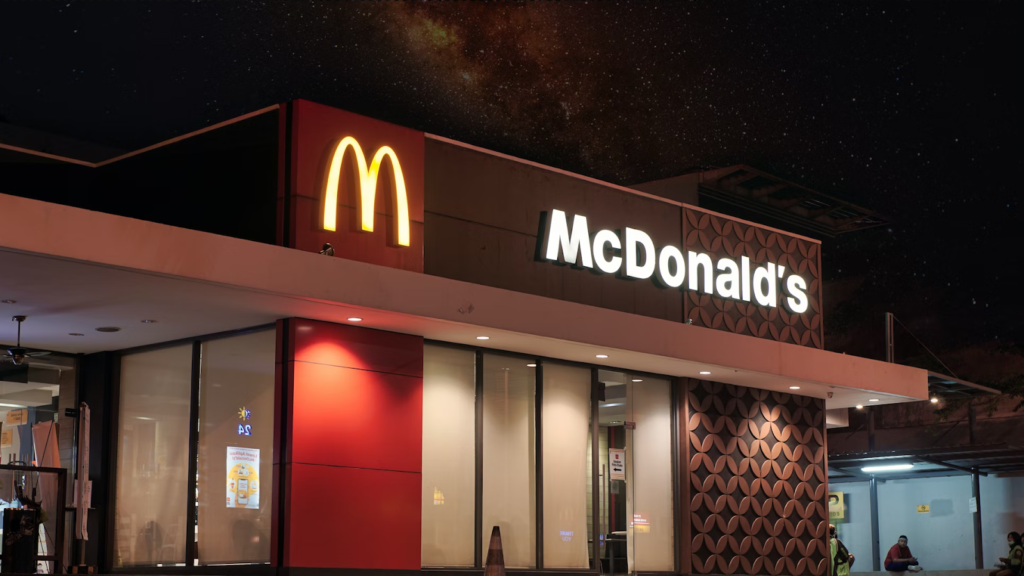
McDonald’s stands as a beacon of successful franchise expansions. With over 38,000 locations worldwide, the brand’s growth highlights strategic planning and adaptability.
From its humble beginnings in San Bernardino, California, McDonald’s embraced the franchise model to scale rapidly. Their formula was simple: consistency and quality across all outlets. Each restaurant serves the same menu items prepared with uniform standards.
The company also tailored its offerings based on local tastes. For instance, in India, you’ll find vegetarian options that cater to cultural preferences. This flexibility is key to their global appeal.
Moreover, robust training programs ensure every franchisee maintains high operational standards. McDonald’s invests heavily in support systems for its operators—an essential factor for overall franchise success stories.
Marketing campaigns further enhance brand recognition while fostering customer loyalty worldwide. They have become an integral part of many communities through sponsorships and localized promotions.
Case Study #2: Starbucks
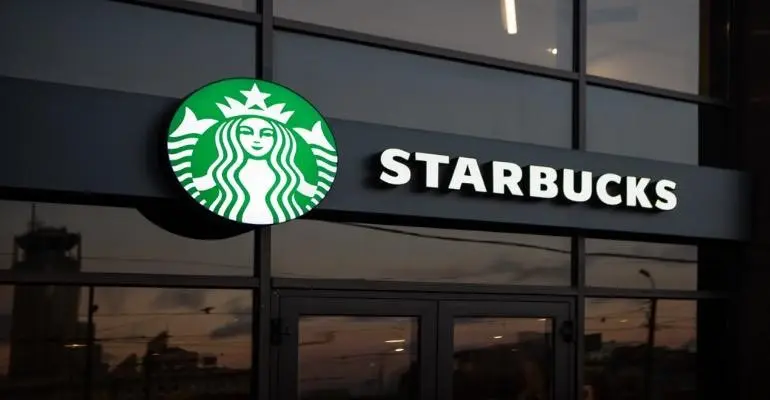
Starbucks stands as a prime example of successful franchise expansion. The brand began in Seattle and has now spread across the globe, with thousands of locations.
The company’s approach focuses on creating a unique customer experience. Each store is designed to reflect local culture while maintaining strong brand identity. This adaptability has been crucial for its growth.
Another key factor in Starbucks’ success is innovation. From introducing seasonal beverages to embracing technology through mobile ordering, they constantly engage their customers.
Starbucks also prioritizes sustainability and ethical sourcing, enhancing its appeal to socially conscious consumers. This commitment resonates well beyond just coffee lovers.
Their marketing strategies leverage social media brilliantly, fostering community engagement that drives foot traffic into stores worldwide. These elements combine seamlessly, making Starbucks a standout case study in franchise growth initiatives.
Case Study #3: Subway
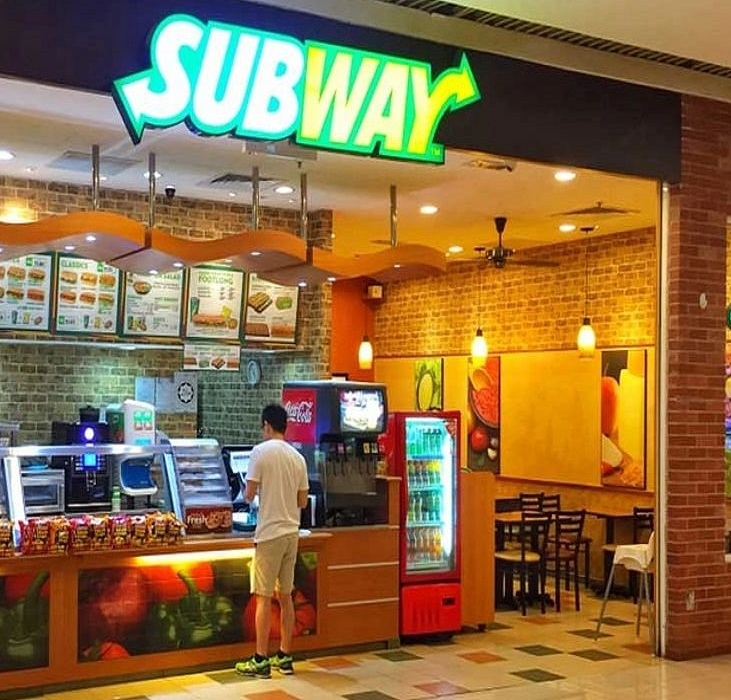
Subway began as a small sandwich shop in Bridgeport, Connecticut, founded by Fred DeLuca and Dr. Peter Buck in 1965. It quickly embraced the franchise model, allowing for rapid expansion across the United States and beyond.
By focusing on fresh ingredients and healthier options, Subway carved out a unique niche within the fast-food industry. Its customizable sandwiches appealed to health-conscious consumers looking for convenient meals.
The brand’s global growth strategy involved adapting its menu to fit local tastes. In countries like India and Italy, Subway offers specialty items that resonate with regional preferences while maintaining core offerings.
Despite facing challenges such as increased competition and changing consumer habits, Subway continues to innovate. New initiatives targeting technology integration enhance customer experiences through mobile ordering and delivery services—key elements of modern business expansion strategies.
Key Factors for Successful Franchise Expansions
Successful franchise expansions hinge on several key factors. First, thorough market research is critical. Understanding local demographics helps brands tailor their offerings to fit regional preferences.
Next, robust training programs for franchisees can’t be overlooked. Consistency in service and product quality across locations builds brand trust and loyalty.
Effective communication between franchisors and franchisees fosters a collaborative environment. This ensures that all parties are aligned with the brand’s vision.
Location selection plays an essential role too. Choosing high-traffic areas increases visibility and footfall, which directly impacts sales performance.
Adapting to technological advancements can streamline operations and enhance customer experiences. Embracing innovation often leads to improved efficiency in managing multiple outlets while keeping pace with consumer trends.
Avoiding Common Pitfalls in Franchise Expansions
Franchise expansions can be thrilling, but they come with their share of pitfalls. One major trap is rushing into new markets without thorough research. Understanding local demographics and preferences is vital.
Another common mistake is inadequate training for franchisees. A well-prepared franchisee ensures brand consistency and operational efficiency. Skipping this step can lead to customer dissatisfaction.
Underestimating the importance of location also poses risks. Not all areas are suitable for every brand, so careful site selection should guide decisions.
Additionally, maintaining clear communication with franchises helps prevent misunderstandings that could derail progress. Regular check-ins foster a sense of partnership rather than hierarchy.
Being flexible in adapting strategies based on market feedback often separates successful brands from those struggling to keep up. Embracing change while staying true to core values creates lasting connections with customers and franchisees alike.
Conclusion and Key Takeaways
Successful franchise expansions are not just about opening new locations. They encompass a strategic approach that ensures lasting growth and sustainability. The case studies of iconic brands like McDonald’s, Starbucks, and Subway illustrate the diverse paths to success in franchising.
Key takeaways from these stories include the importance of understanding local markets, maintaining brand consistency while adapting to regional tastes, and investing in robust training for franchisees. These elements create a strong foundation for business expansion.
Franchise models can be incredibly effective when executed with precision. Aspiring franchisors should learn from established companies and apply proven strategies to avoid common pitfalls during their own expansion journeys.
By focusing on careful planning and execution, businesses can navigate the complexities of franchise development successfully. Embracing innovation while staying true to your core values will set you apart in an ever-evolving market landscape.
The road to successful franchise expansions is paved with insights gathered from previous experiences—transforming challenges into opportunities for remarkable growth.
FOr more such content, keep visiting QAWire
